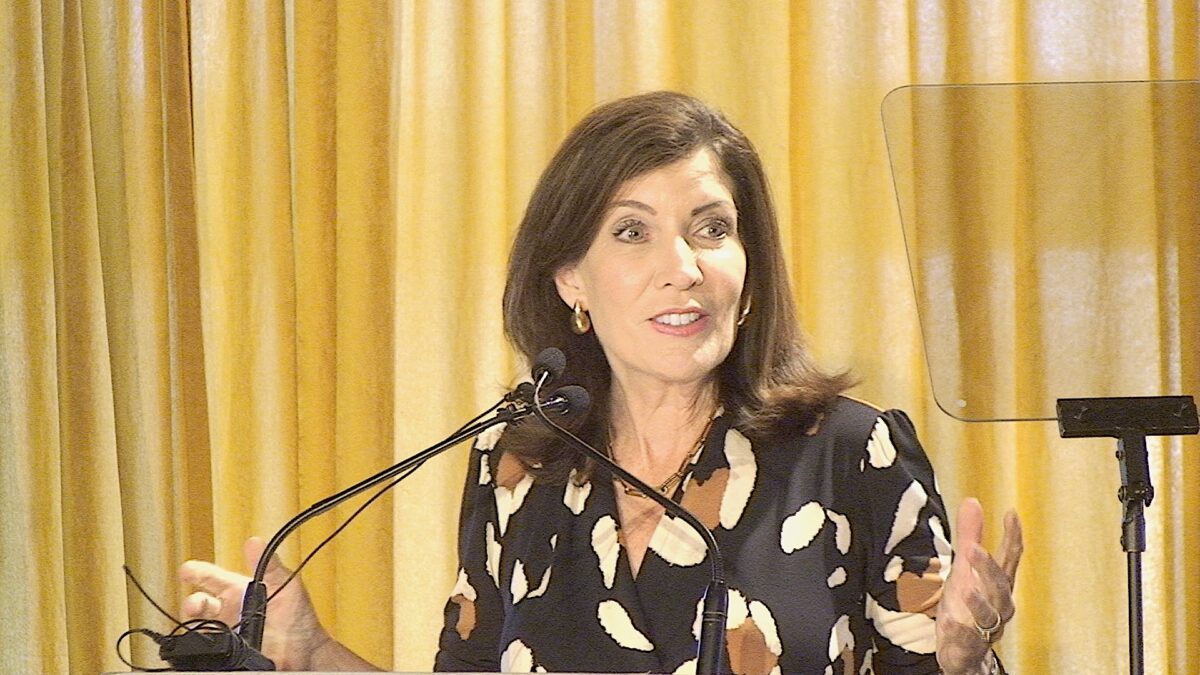While some residents of upstate New York are quick to suggest that their regions are responsible for subsidizing many of the social welfare programs funded by the state, a new report suggests the opposite may be true.
The report, released last month by the Nelson A. Rockefeller Institute of Government in Albany, compared the regional distribution of revenue and spending in the state budget from the 2009-2010 fiscal year, finding that New York City and the lower counties ”“ including Westchester ”“ disproportionately fund state coffers compared to other parts of the state.
During the fiscal year, New York City and the downstate suburbs ”“ which include Westchester, Rockland, Putnam, Suffolk and Nassau counties ”“ provided 45.1 percent and 27.4 percent, respectively, of all taxes and other receipts paid to the state government.
CLICK HEREÂ PERSONAL INCOME TAX ALLOCATION BY PLACE OF RESIDENCE
However, when it came to spending allocations in the state budget that year, the city and the five downstate suburbs received 40 percent and 17.7 percent, respectively, of all state expenditures despite being home to a combined 64.6 percent of all state residents that year.
Robert B. Ward, deputy director of the institute and one of the researchers who worked on the report, attributed the disparities to the overwhelming concentration of wealth in New York City and the downstate counties.
“It”™s no surprise that higher-income regions pay more and receive less,” Ward said, but added that “the scale of the impact is striking.”
He said the net “contribution” of the downstate region and New York City to the upstate counties was $12 billion in fiscal year 2009-2010.
“That”™s a lot of money and whether it”™s a good or bad thing, we do redistribute a lot of dollars in the state budget.”
Ward said the distribution gap had likely grown over the past several decades as the growth of Wall Street helped to consolidate more and more wealth to the downstate counties surrounding New York City.
“Over time the state has become more dependent on the income tax generally and much more dependent on upper-income earners. If we had done the same study 20 or 30 years ago, there might not have been quite as large a movement of dollars from downstate to upstate.”
Following the recent overhaul that cuts income taxes on state workers making between $40,000 and $300,000 while increasing taxes on those earning more than $2 million, the state will only increase its reliance on income tax revenue, Ward said.
“Particularly under the new tax structure just approved by the governor and the Legislature, we”™ll be relying perhaps more now than ever before on the very high end of the income scale.”


















